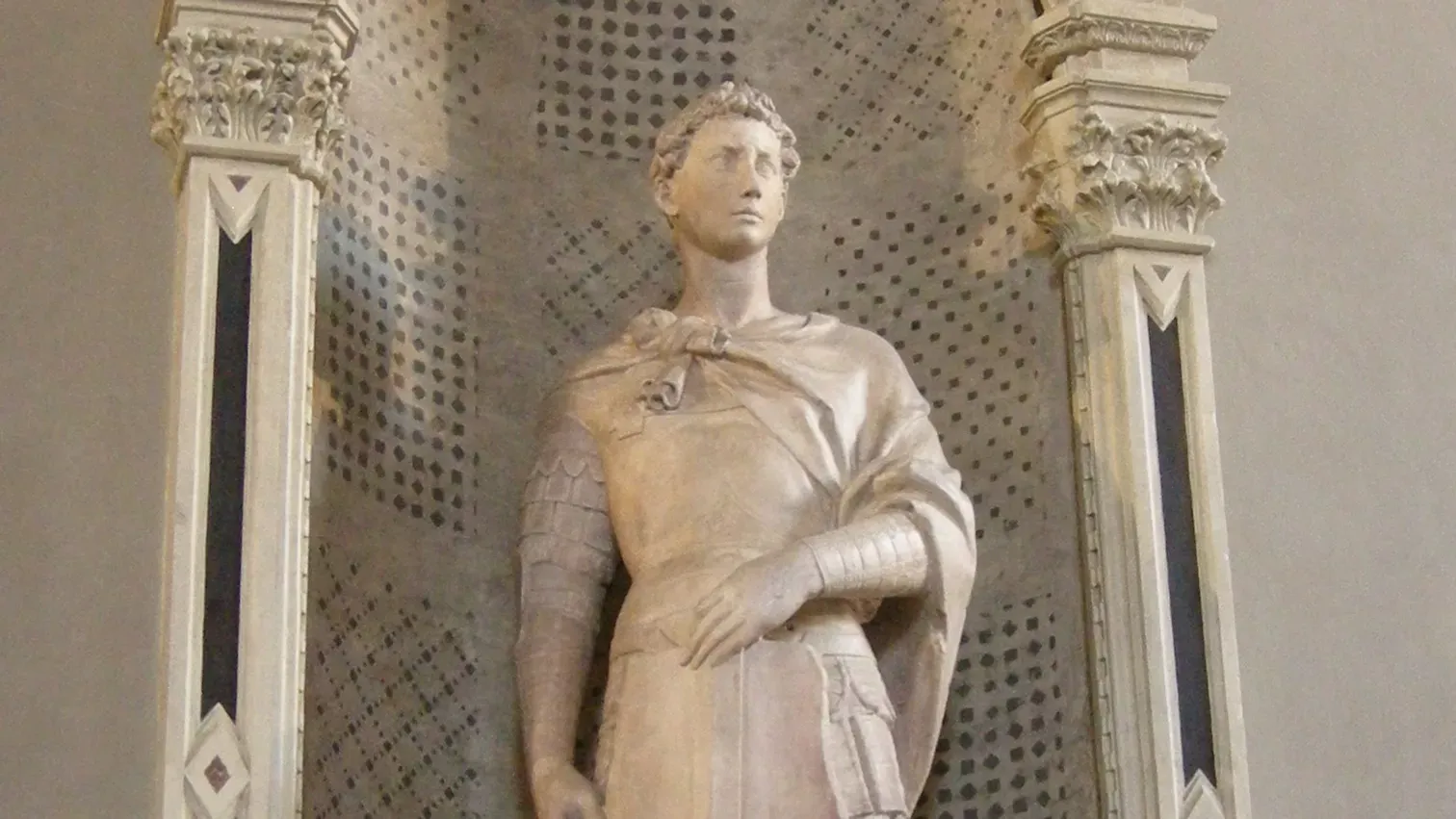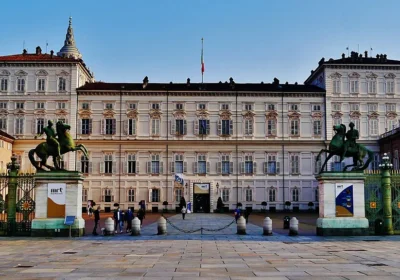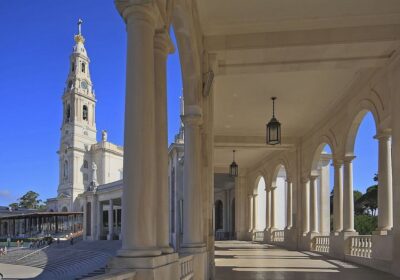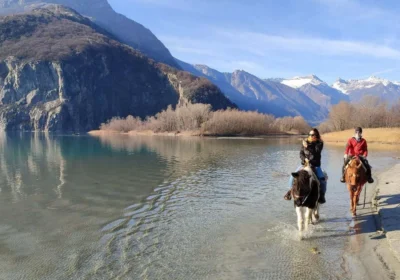Renaissance sculpture in Florence.
The tour will focus on the emergence and development of Renaissance sculpture from Donatello to Michelangelo, based on works in Florence’s museums.
It was in the fourteenth and fifteenth centuries that major cities were formed in Northern Italy, new forms of Renaissance architecture flourished, and sculptors were more closely associated with architects than they are today. It is not surprising, therefore, that the rudiments of a recognisable Italian style are found in sculpture somewhat earlier than in painting. Nor is it surprising that, after the first Pisan outbreak, the great sculptors of Italy were almost all Florentines.
The sharp Florentine mind had a natural inclination towards formal and structural problems which – given its reverence for disegno – could find their solution in sculpture as easily as in painting. Added to this was the proximity of stone and marble quarries, without which a regional sculpture school cannot easily flourish. The most important sculptors of the first half of the Florentine Renaissance (1400-1490) were Lorenzo Ghiberti, Donatello (Donato di Niccolo) and Luca della Robbia.
The demand for sculpture during the Quatrocento period and remained largely ecclesiastical. The exteriors of churches were decorated with stone sculpture, not only around doorways, but sometimes the entire facade was decorated with relief sculpture and statue columns. Meanwhile, the interiors of churches were filled with marble sculpture and wood carvings. The doors of cathedral baptisteries and sacristies often consisted entirely of bronze sculpture, usually in relief. The interior walls of Renaissance churches also contained large architectural tombs dedicated to secular rulers, generals, statesmen and philosophers, as well as to ordinary cardinals and bishops.
Palaces and private houses were also decorated with sculpture. Doorways, gardens, receptions and interior rooms were most often decorated. Interior sculpture included friezes, carved ceilings, fireplaces, statuettes and busts, while exterior sculpture included gargoyles, fountains, shrines, statues including Madonnas and saints.
The themes used in sculpture were very similar to those used in early Renaissance painting. The themes for church works were almost always taken from the Old and New Testaments of the Bible. While the Madonna and Child is the most popular subject, other common themes included scenes from the life of Christ or the Virgin Mary, as well as episodes from Genesis.
The themes expanded during High Renaissance painting, however, and this also influenced sculpture.

















